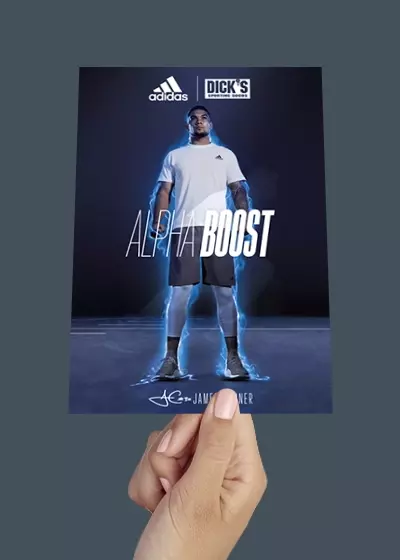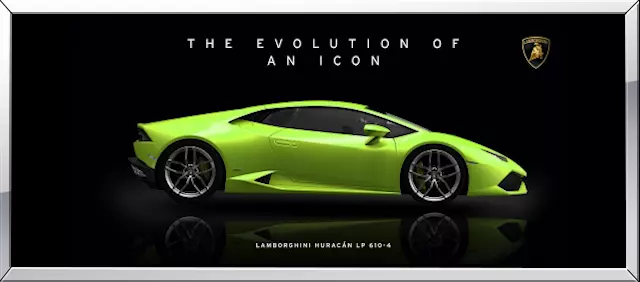Custom Lenticular Printing That Captivates
What is Lenticular Printing?
len·tic·u·lar: A specialized printing process that creates an illusion of motion or depth.
Lenticular prints start with standard digital files that we specially prepare to be work with the lens material. We then print that file directly to that lens to create the effect. This material is a plastic made up of lenticules, hence the name “lenticular printing”. The image, viewed through the lens, appears to move as it is turned, creating dramatic animation or depth. Learn more here.

Check Out Our Latest Video Featuring Samples Of Lenticular Printing In Action
Get a close up look at lenticular designs that grab attention and tell a story.
This quick video shows how World3D’s lenticular printing creates stunning visuals that move, shift, and animate—turning heads and grabbing attention. Whether you’re creating bold direct mail, large format displays or anything in between, our technology adds depth, movement, and serious stopping power to any project.
Curious what’s possible? Watch the video and discover how lenticular printing can bring your message to life.
How to Get Started
So you’ve decided to start your lenticular project… Great!
How do we do it? Simple!


1. Request a Quote
Submit details of your project HERE or call us at (800) 743-1997 to get started.

2. Send Us Your Artwork
Upload the artwork for your lenticular project via email or FTP.

3. Approve Your Proof
In less than a week, we send you a lenticular proof for approval.

4. Shipped Directly to You
After proof approval, your final product will be completed and shipped out to you or your client. Quick and easy!

Hear From Our Happy Clients
Lenticular In Your Marketing Mix
Lenticular printing is a valuable tool in your marketing toolbox.
Whether you need a give-away bookmark, a direct mail postcard, or a giant wall display, you can use lenticular to add attention-grabbing pizazz to your marketing. In fact, most anything that can be created with traditional printing can be turbocharged with lenticular printing. Check out our gallery for ideas and examples of cool ways our customers have used lenticular printing. But, of course, that is just a tiny sample of what is possible. So reach out, and we can help add a whole new dimension to your marketing mix!
























